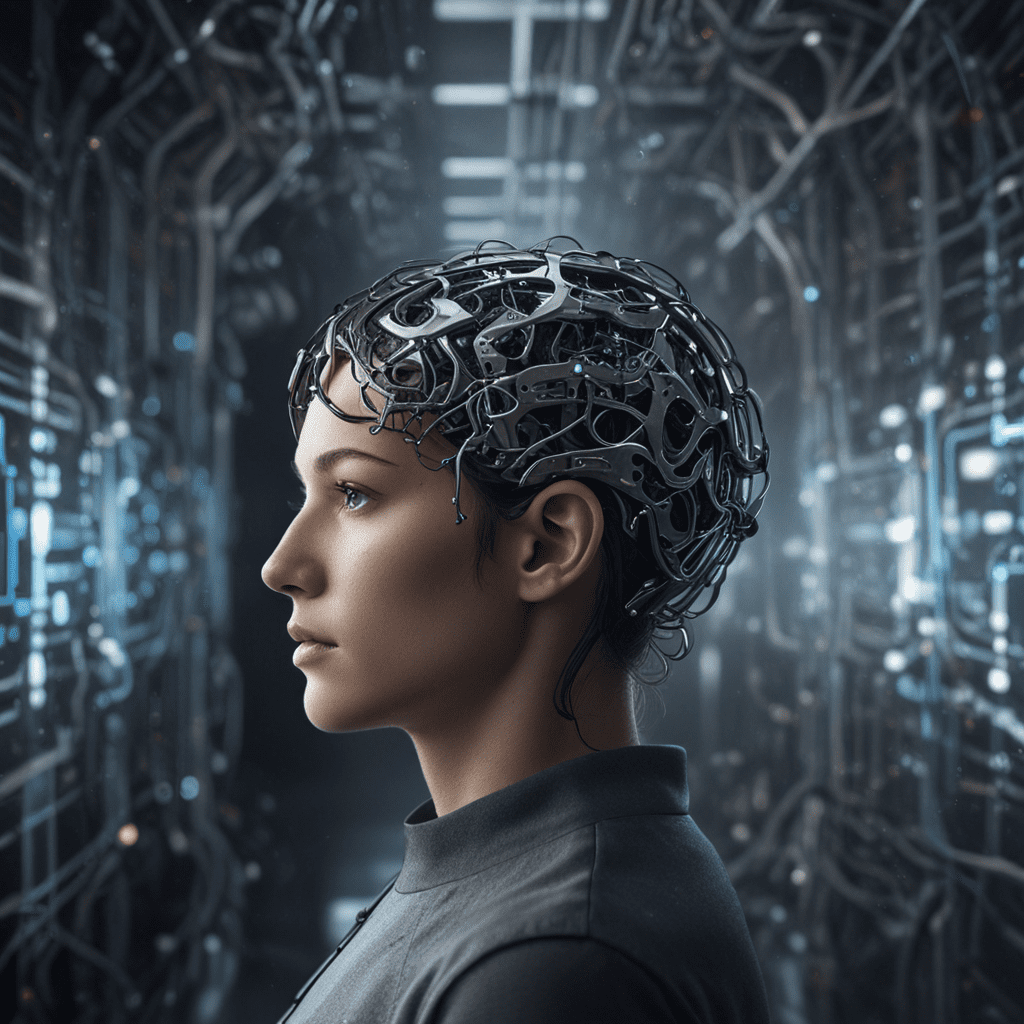The Future of Mobile App Development: Neuromorphic Computing Integration
Introduction
The world of mobile app development is on the cusp of a transformative shift with the integration of neuromorphic computing. Neuromorphic computing, inspired by the human brain, has the potential to revolutionize the performance, efficiency, and user experience of mobile applications. As developers embrace this groundbreaking technology, a new era of innovation and possibilities awaits.
Benefits of Neuromorphic Computing in Mobile App Development
Enhanced Performance and Efficiency:
Neuromorphic computing leverages specialized hardware and algorithms to mimic the neural networks of the human brain. This enables mobile apps to process information in a parallel and efficient manner, resulting in remarkable improvements in performance and energy consumption.
Improved User Experience:
The integration of neuromorphic computing can significantly enhance the user experience by enabling apps to respond to inputs more naturally and intuitively. This improved responsiveness and adaptability lead to a more immersive and engaging user interface.
New Possibilities for Innovation:
Beyond performance and UX enhancements, neuromorphic computing opens up unprecedented opportunities for innovation. It empowers app developers to create applications that can learn from data, adapt to user behavior, and provide personalized experiences tailored to each individual user.
Challenges in Integrating Neuromorphic Computing into Mobile Apps
Hardware Requirements and Compatibility
Integrating neuromorphic computing into mobile apps poses hardware challenges. Neuromorphic chips require specialized architectures and memory configurations, which may not be readily available or compatible with existing mobile devices. Developers need to carefully consider hardware requirements and compatibility issues to ensure seamless integration.
Software Development and Optimization
Developing and optimizing software for neuromorphic computing requires specialized expertise and tools. Conventional software development practices may not translate effectively to neuromorphic architectures. Developers need to adapt their coding techniques, algorithms, and data structures to harness the full potential of neuromorphic computing.
Data Collection and Processing
Neuromorphic computing algorithms heavily rely on data for learning and adaptation. Mobile apps need to efficiently collect, process, and feed high-quality data to the neuromorphic engine. Developers must address challenges related to data acquisition, preprocessing, and management to ensure accurate and reliable results.
Current Applications of Neuromorphic Computing in Mobile Apps
Image Recognition and Computer Vision
Neuromorphic computing has found practical applications in image recognition and computer vision tasks within mobile apps. It enables real-time image processing, object detection, and scene understanding, leading to enhanced camera functionality, augmented reality experiences, and facial recognition capabilities.
Natural Language Processing and Voice Assistants
Neuromorphic computing is revolutionizing natural language processing (NLP) and voice assistant technologies in mobile apps. It improves speech recognition, language translation, and chatbot interactions by mimicking the neural pathways involved in human language comprehension and generation.
Predictive Analytics and Personalized Experiences
Mobile apps can leverage neuromorphic computing for predictive analytics and personalized content recommendations. By analyzing user behavior, preferences, and contextual data, neuromorphic algorithms can predict future actions and provide tailored experiences, enhancing user engagement and satisfaction.
Future Trends in Neuromorphic Computing for Mobile Apps
Advanced Hardware and Software Architectures
The future of neuromorphic computing in mobile apps lies in the development of advanced hardware and software architectures. Continued advancements in chip design, memory technologies, and software optimization will lead to more powerful and efficient neuromorphic systems.
Integration with Other Emerging Technologies
Neuromorphic computing will increasingly integrate with other emerging technologies, such as artificial intelligence (AI) and machine learning (ML). This convergence will unlock new possibilities for mobile apps, enabling more intelligent and autonomous features, enhanced decision-making, and personalized recommendations.
Novel Applications in Healthcare, Finance, and Entertainment
Neuromorphic computing holds immense potential for transformative applications in healthcare, finance, and entertainment. It can revolutionize disease diagnosis, financial modeling, and immersive gaming experiences by providing real-time insights, predictive analytics, and personalized recommendations.
Ethical and Societal Implications of Neuromorphic Computing in Mobile Apps
Privacy and Security Concerns
The integration of neuromorphic computing in mobile apps raises important privacy and security concerns. Collecting and processing vast amounts of data for neuromorphic algorithms requires careful attention to user privacy and data protection regulations. Developers must prioritize ethical data acquisition and storage practices.
Impact on Human Behavior and Decision-Making
The use of neuromorphic computing in mobile apps may have subtle but significant effects on human behavior and decision-making. The ability of apps to predict and influence user choices raises ethical questions about informed consent, autonomy, and the potential for manipulation.
Responsibility and Regulation
As neuromorphic computing becomes more prevalent in mobile apps, responsible development and regulation are crucial. Developers, industry leaders, and policymakers must collaborate to establish ethical guidelines, standards, and regulations to ensure the safe, responsible, and beneficial use of this technology.
Conclusion
Neuromorphic computing is poised to transform the landscape of mobile app development, unlocking unprecedented possibilities for enhanced performance, improved user experience, and innovative applications. By addressing challenges and harnessing the ethical and societal implications, developers can leverage neuromorphic computing to create a new generation of mobile apps that are more intelligent, immersive, and tailored to individual needs.
Frequently Asked Questions (FAQ)
Q: What is neuromorphic computing?
A: Neuromorphic computing is a field inspired by the human brain, leveraging specialized hardware and algorithms to mimic neural networks and enhance processing capabilities.
Q: How does neuromorphic computing improve mobile apps?
A: Neuromorphic computing enhances mobile apps by boosting performance, improving user experience, and enabling new possibilities for innovation, such as personalized recommendations and advanced data analysis.
Q: What are some of the challenges in integrating neuromorphic computing into mobile apps?
A: Challenges include hardware compatibility, software optimization, and efficient data management.
Q: What are the potential applications of neuromorphic computing in mobile apps?
A: Neuromorphic computing finds applications in image recognition, natural language processing, predictive analytics, and more, leading to intelligent and personalized experiences.
Q: Are there any ethical considerations related to neuromorphic computing in mobile apps?
A: Yes, ethical considerations involve privacy, security, impact on human behavior, and responsible development practices.



